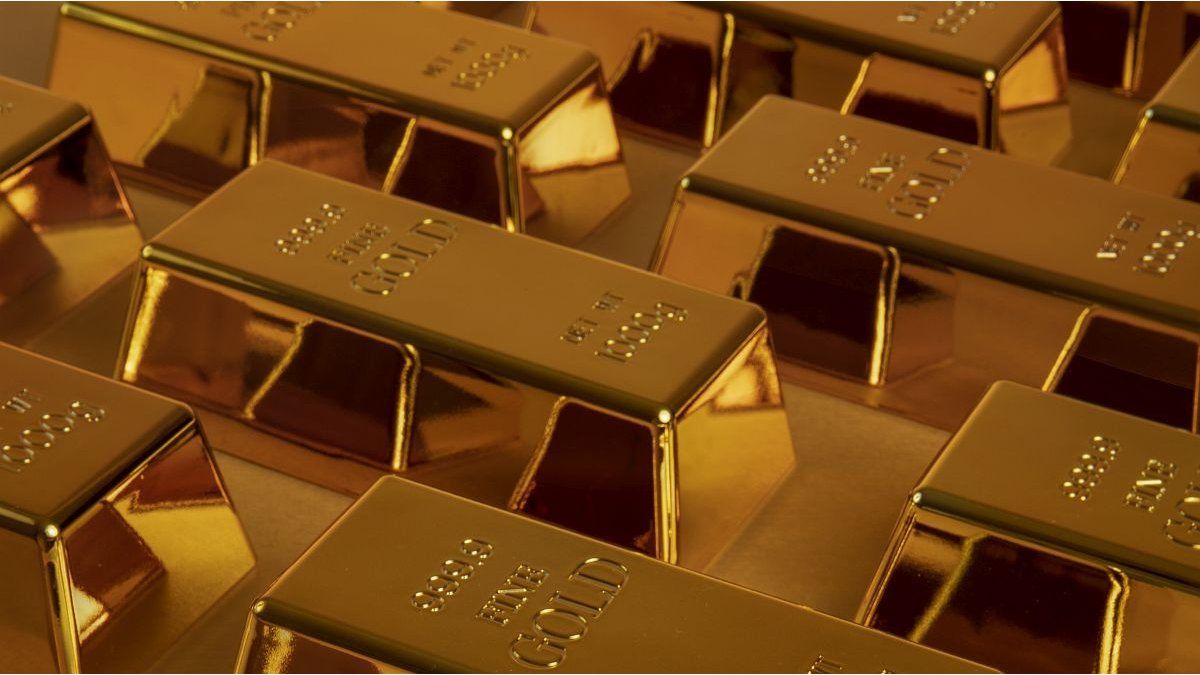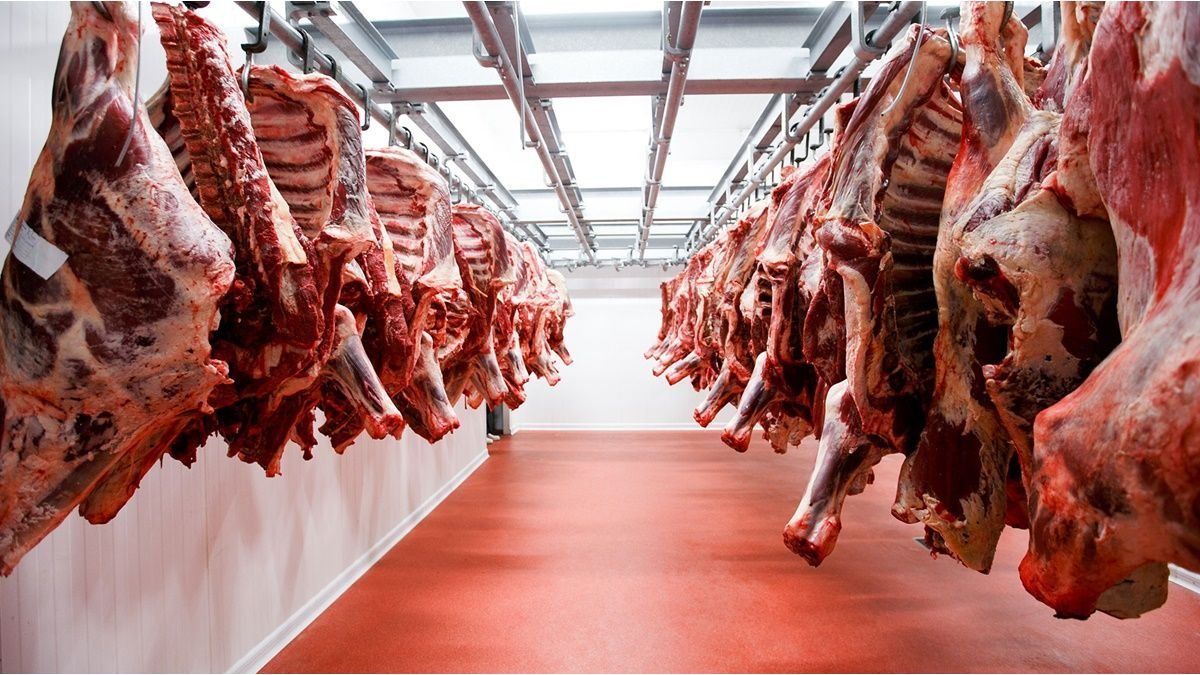After a brief pause in July, the following month several central banks resumed purchases of the precious metal to add to their international reserves. How will the high price reached by gold influence the central banking strategy?
After a pause in July, the central banks returned to the ring and went out to buy more gold for their international reserves which, according to data from the IMF and the protagonists themselves, added 15 net tons to global reserves. The appetite for the yellow metal was reflected in the fact that not only did gross purchases increase, but gross sales also decreased compared to recent months and particularly compared to last July. But August data shows that In addition to “serial buyers” such as several countries in Eastern and Central Europe, including Central Asia, others are now joining the list of buyers, such as Bulgaria and El Salvador. Thus the global outlook for August shows that seven central banks reported increases of one ton or more in their gold reserves, and that only two central banks reported a decrease in their gold reserves.
The content you want to access is exclusive to subscribers.
But the gold boom raises some questions not only about the actions of investors but also of central banks. In this regard, Global market experts believe that the recent rally in the price of gold, which reached multiple all-time highs so far this year, is likely to continue limiting the level of central bank purchases. But it could also be a factor that drives more tactical sales. However, the recent slowdown in buying does not necessarily indicate that central banks as a whole are losing interest in gold. Indeed, recent events show that central banks remain interested in further increasing their exposure.


Gold: what the world’s central banks did in August
- Data from the IMF, the respective central banks and the WGC show that added 15 net tons to global gold reserves, which largely coincides with the monthly net purchases recorded between March and June, and indicates a return to the buying trend after the stagnation of global reserves in July. It is worth noting that even the initial estimate for July (11 tons) has been revised downwards following the announcement by Bank Indonesia of a sale of 11 tons.
- The National Bank of Kazakhstan added 8 tons, the sixth consecutive month of purchases. Its gold reserves now amount to 316 tons, 32 tons more than at the end of 2024.
- One of the news of the month was that the gold reserves of the National Bank of Bulgaria increased by 2 tons, the largest monthly increase since June 1997 (8 tons), until reaching 43 tons. It is worth noting that, in January 2026, Bulgaria will become the 21st member state of the Eurozone and could transfer part of the gold to the ECB as part of the accession process.
- For its part, The Central Bank of Türkiye added an additional 2 tons to official gold reserves (which include central bank and Treasury holdings). So far this year, official reserves have increased by 21 tons, reaching 639 tons.
- The People’s Bank of China reported a purchase of 2 tonsthe tenth consecutive monthly increase in gold reserves. This way, total gold reserves have exceeded 2,300 tonsbut they still represent 7% of total international reserves.
- Also the Central Bank of Uzbekistan added 2 tons during the month and now the total gold reserves now amount to 366 tons17 tons less than at the end of last year.
- The Czech National Bank (CNB) continued its steady accumulation of gold, acquiring an additional 2 tons. This extends the bank’s monthly buying streak to 30 months and brings total gold reserves to 65 tons (overtaking Pakistan and Argentina). It should be noted that the CNB aims to maintain 100 tons of gold as part of its international reserves by the end of 2028.
- Another that added was the Bank of Ghana that bought 2 tonsraising its purchases so far to 5 tons and its gold reserves to 36 tons.
- According to available data, the Central Bank of Russia (3 tons) and Bank of Indonesia (2 tons) were the only sellers of gold. The reduction in Russian gold reserves is likely related to its coin minting program, market speculation.
- On the other hand, The National Bank of Poland (NBP) confirmed that it would raise the target share of gold in its international reserves from 20% to 30%. Having reached its previous target earlier this year, thanks to both heavy buying and price appreciation, the NBP has kept the level of its gold reserves unchanged. This new target indicates that the NBP will resume active gold purchases, although the bank clarified that: “The scale and pace of purchases will depend on market conditions.” It is worth noting that despite the recent pause in gold accumulation, the NBP remains the main buyer this year, having added 67 tons to its gold reserves until the third quarter of the year. Total gold reserves stood at 515 tonnes at the end of August, representing 21.8% of total reserves.
- A new buyer appeared in the game from Central America, after the Central Reserve Bank of El Salvador reported an increase of 13,999 ounces (less than half a ton) in its gold reserves. When announcing the purchase, the bank indicated that this acquisition constitutes a long-term positioning based on a prudential balance in the composition of the assets that make up the international reserves, that is, as part of the diversification strategy of its reserves. After this purchase, the bank has just under 2 tons of gold.
Source: Ambito
I am a 24-year-old writer and journalist who has been working in the news industry for the past two years. I write primarily about market news, so if you’re looking for insights into what’s going on in the stock market or economic indicators, you’ve come to the right place. I also dabble in writing articles on lifestyle trends and pop culture news.




